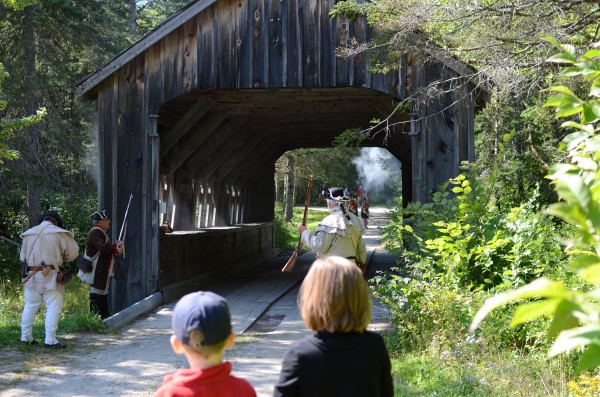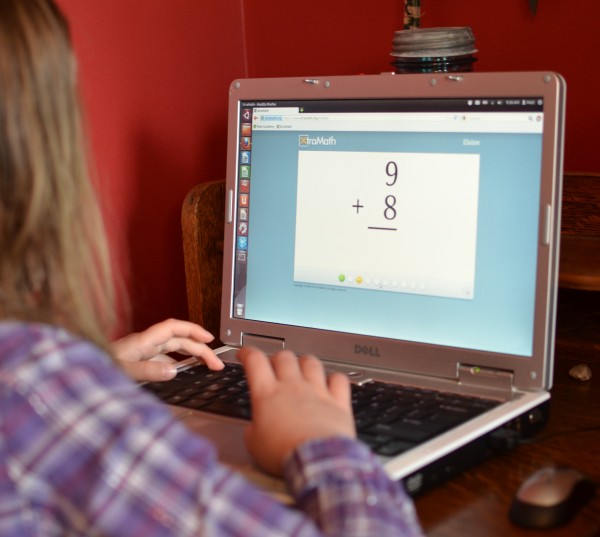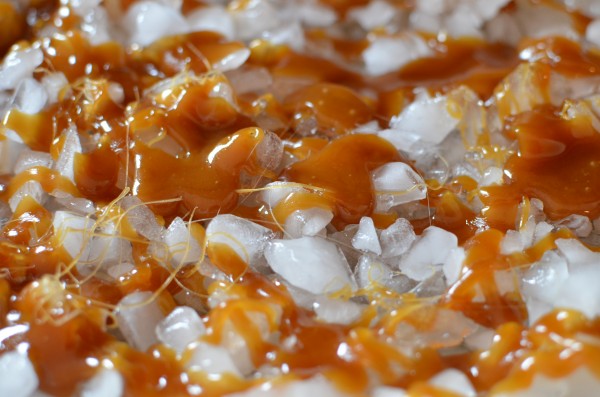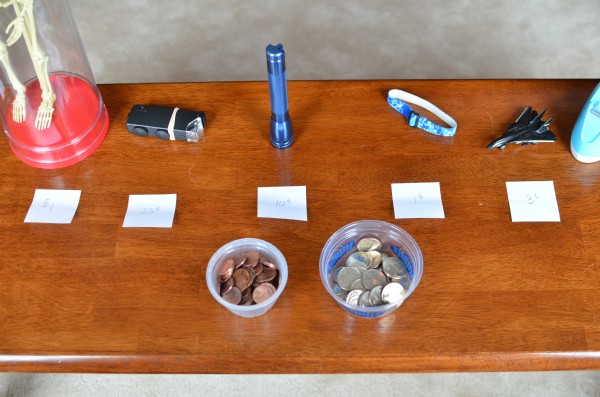The Best Way to Garden with Kids

I enjoy gardening and wanted to share it with my kids. Why? Well, it gives them a connection to nature and where their food comes from. It’s another chance to teach a little work ethic and responsibility and the rewards that come with following through. Then there are the science lessons learned in the real world with a hands-on activity that is a lifelong interest for many people. So, have I persuaded you to give it a try with your children yet?
Right about the same time my kids were the perfect age to start gardening I discovered my favorite way to grow vegetables, Square Foot Gardening. Square Foot Gardening (SFG) has allowed me to have the most success in vegetable gardening with the least amount of work. If you’ve not heard of it, visit the Square Foot Gardening website. Their website is loaded with information, and then if you’re really interested I would read Mel Bartholomew’s most recent SFG book. In short, Square Foot Gardening is raised bed gardening in an easy-to-make soilless mix with the space divided by a grid into one foot squares. It cuts down on weeds and watering and is incredibly easy to manage.
Now for the part about gardening with kids: Square Foot Gardening is also (in my humble opinion) the best way to garden with kids for two main reasons:
#1. They get their own garden space. This is much more exciting and motivating than helping Mommy weed her garden. They get to choose what to plant. Being able to make the choices has been paramount in holding my kids’ interest. However, with this right comes the responsibility to weed and water their plants. You could give a very small child one square; my children each get four squares to call their own. We start daydreaming of what to put in our squares as soon as the seed catalogs arrive. We talk about the successes and failures of previous choices. We determine which items would need to be directly planted by seed into the garden and which would need to be started before the season. My girly-girl wants to grow mostly flowers, and that is okay. It’s her spot to plant as she wishes!

#2. They truly can do all the work for their garden on their own. The soilless mix is divine. Year after year it stays loose and easy to work with, able to be mixed simply with your hands (my son’s choice) or a small garden trowel (my daughter’s preference). Planting is easy because of this, and so is weeding. Since you aren’t starting with weed seeds in your mix you get very few weeds anyway, and the ones you do are easy to pull out with an gentle tug, root and all (you can see the tiny weed my son pulled and it’s long root in the photo below). The grid involved in square foot gardening is the key here: with it even young children can see which is the plant and what are weeds.

This is our third year gardening with Square Foot Gardens, and I am still in love with it. It makes gardening manageable and fun, and my children take great pride in their squares. I’ll never forget the night we had dinner with another family and my daughter could proudly say that she grew the tomatoes for the salad!









 Hi, I'm Heidi and I homeschool my two sweet kids. I want them to know that learning is an exciting lifelong adventure! We love great books, unit studies, notebooking, lapbooking, and hands-on learning.
Hi, I'm Heidi and I homeschool my two sweet kids. I want them to know that learning is an exciting lifelong adventure! We love great books, unit studies, notebooking, lapbooking, and hands-on learning.



